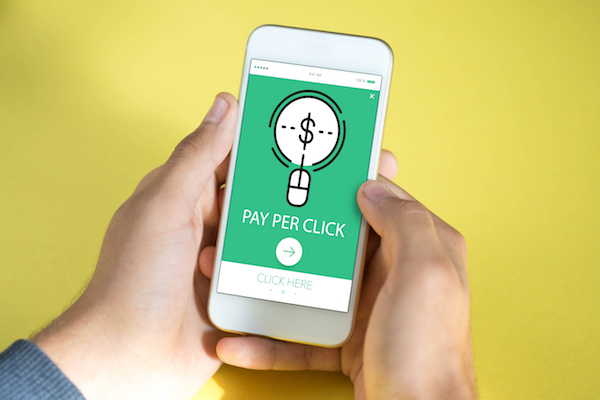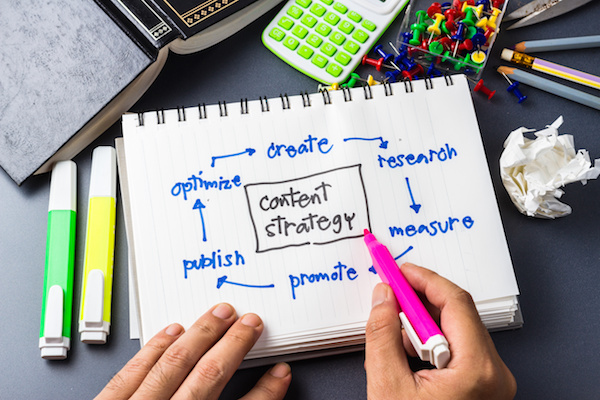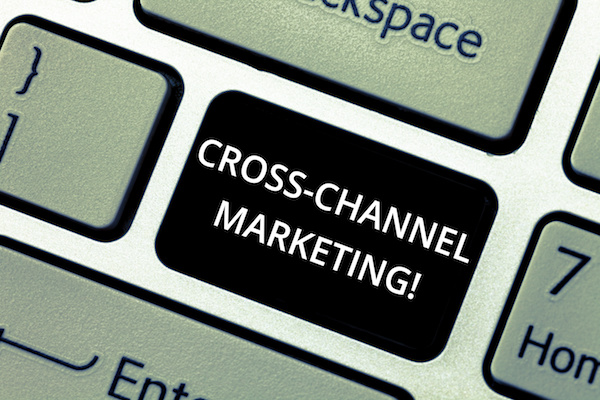
With the accessibility of the internet and vast amounts of information available, the modern shopper is now more informed than ever. Because of this transition, sales conversations are in the hands of the buyer. With no pushy salesperson to push the features of a particular product like it used to be, instead, online businesses must adapt to continue to target their audience on their path to purchase. This is known as the customer buying journey.
What’s the customer buying journey?
The customer buying journey is everything that happens on their path to purchase. Since people don’t usually just wake up and decide to make purchases on a whim (this can happen!) the process in which they become aware of a product and/or service, consider and evaluate that product and/or service, and decide to purchase that product and/or service is known as the customer buying journey. Understanding the experience of the customer buying journey can help business owners to influence their digital marketing decisions and allocate their budget to a service that best reaches their consumer audience.
What are the stages of the customer buying journey?
There are three steps in the customer buying journey:
- Awareness: The buyer because aware of a problem or something that they need
- Consideration: The buyer defines their problem or their needs and considers options that might solve it/them
- Decision: The buyer evaluates and devices on the right provider to administer a solution—this includes elements like price, delivery time, reviews, etc.
The awareness stage applied:
The buyer is experiencing a problem with pain in their back and their goal would be to alleviate it. They may then decide to use online resources to understand and frame the problem. For example, “Why is my back hurting?”
The consideration stage applied:
The buyer has defined that their back pain is a problem and they are committed to researching and understanding all of the available approaches to solving their problem. For example, “How do you treat back pain when you sit at work?”
The decision stage applied:
The buyer has decided on their solution strategy, method, or approach. Their goal now is to compile a list of available online vendors, and ultimately, make a final purchase decision. For example, “Is better chair support needed? Should I get a sit-stand desk?
How to tailor your sales process to better meet the customer buying journey
With everything mentioned above, it remains important for sellers to know that buyers don’t wish to be pursued and simply want to rely on your knowledge when the time feels right. We recommend utilizing services like social media marketing and search engine optimization as a way to get noticed, display your knowledge, and await sales.
Did you have any further questions about the customer buying journey? If so, drop them below for a prompt response.
Alex Wilks has been working as a copywriter and digital marketing strategist since 2018, with added specialties in social media and email marketing. With a Bachelor’s Degree in Journalism and Communication, she is a natural content writer with the ability to connect well with her target audience.


















